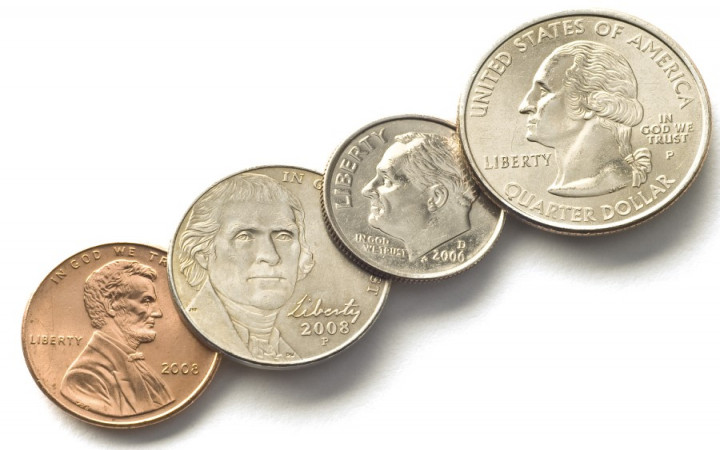Today’s Wonder of the Day was inspired by Acacia from Round Rock, TX. Acacia Wonders, “Why are dimes smaller than pennies?” Thanks for WONDERing with us, Acacia!
Do you love money? That's a bit of a trick question. Unless you collect coins or currency, you probably don't love money itself. But most people certainly do love the goods and services you can buy with money.
Learning about money is one of those things you're taught at a young age. And, like the math it's related to, it can be a bit difficult to grasp at the beginning. After all, learning about coins and currency and their values isn't exactly intuitive.
For example, take the humble penny. You learn that its value is one cent. If you put together 100 of those pennies, they're equal to one dollar. But doesn't it seem odd that 100 metal coins would only add up to a simple paper dollar bill?
Likewise, when you're comparing coins, things don't seem to make sense at first. Take the nickel, for example. It's worth five cents. That's equal to five pennies. While the nickel is a bit larger and thicker than the penny, it's certainly not five times bigger.
Things get even more confusing when you consider the dime. Worth ten cents, the dime is not ten times bigger than the penny. In fact, it's actually smaller! What kind of sense does that make? Why in the world would the dime be smaller than the penny if it's worth ten times as much?
To find out, we have to take a look back in time to learn more about how our modern coinage developed over time. When coins were first established, the basic unit was the silver dollar, which was made with actual silver worth approximately one dollar.
Over time, other coins were created in smaller units, including half-dollars, quarters, and dimes. Each of these new coins was created so that it would contain the correct amount of silver relative to the dollar coin. Thus, the dime had to be rather small, since it only had one-tenth the amount of silver that the dollar coin had.
Eventually, other coins, such as nickels and pennies, were needed to make transactions easier. However, the dime was already so small that it made designing these new coins difficult. After all, could you imagine a nickel half the size of a dime? Worse yet, how would you ever keep track of pennies that were one-tenth the size of a dime?
Fortunately, as these new coins were being developed, the country was moving away from using actual precious metals in coins. Like most modern coins, the new coins were fashioned out of various non-precious metals, including copper, zinc, and nickel.
As far as size is concerned, the new coins were designed to be different from other coins already in existence. Such a design would allow them to be recognized easily. Designers did a fine job, since it's easy to distinguish pennies and nickels from dimes and quarters!





